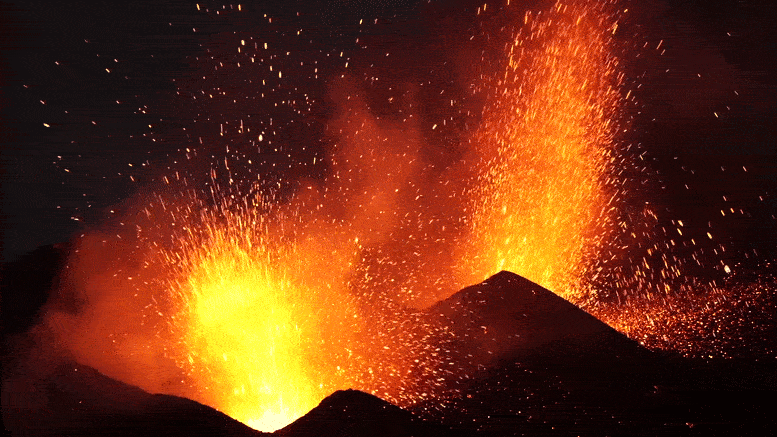
Ancient sediment found in a Texas cave suggests that volcanic eruptions, rather than an extraterrestrial impact, caused a sudden cooling event around 13,000 years ago.
Analysis of sediment found in Hall’s Cave shows volcanic eruptions responsible for cooling of Earth around 13,000 years ago.
Ancient sediment found in a central Texas cave appears to solve the mystery of why the Earth cooled suddenly about 13,000 years ago, according to a research study co-authored by a Texas A&M University professor.
Michael Waters, director of The Center for The Study of the First Americans and Distinguished Professor at Texas A&M University, and colleagues from Baylor University and the University of Houston have had their work published in Science Advances.
Some researchers believed the event – which cooled the Earth by about 3 degrees Centigrade (5.4 degrees Fahrenheit), a huge amount – was caused by an extraterrestrial impact with the Earth, such as a meteor collision.
But Waters and the team found that the evidence left in layers of sediment in Hall’s Cave were almost certainly the result of volcanic eruptions.
Waters said that Hall’s Cave, located in the Texas hill country, has a sediment record extending over 20,000 years and he first began researching the cave in 2017.
“It is an exceptional record that offers a unique opportunity for interdisciplinary cooperation to investigate a number of important research questions,” he said.
“One big question was, did an extraterrestrial impact occur near the end of the last ice age, about 13,000 years ago as the ice sheets covering Canada were melting, and cause an abrupt cooling that thrust the northern hemisphere back into the ice age for an extra 1,200 years?”
Waters and the team found that within the cave are layers of sediment, first identified by Thomas Stafford (Stafford Research Laboratories, Colorado), that dated to the time of the proposed impact that could answer the question and perhaps even identify the trigger that started the ancient cold snap.
The event also likely helped cause the extinction of large mammals such as mammoth, horse and camel that once roamed North America.
“This work shows that the geochemical signature associated with the cooling event is not unique but occurred four times between 9,000 and 15,000 years ago,” said Alan Brandon, professor of geosciences at University of Houston and head of the research team.
“Thus, the trigger for this cooling event didn’t come from space. Prior geochemical evidence for a large meteor exploding in the atmosphere instead reflects a period of major volcanic eruptions.
“I was skeptical,” Brandon said. “We took every avenue we could to come up with an alternative explanation, or even avoid, this conclusion. A volcanic eruption had been considered one possible explanation but was generally dismissed because there was no associated geochemical fingerprint.”
After a volcano erupts, the global spread of aerosols reflects incoming solar radiation away from Earth and may lead to global cooling post eruption for one to five years, depending on the size and timescales of the eruption, the team said.
“The Younger Dryas, which occurred about 13,000 years ago, disrupted distinct warming at the end of the last ice age,” said co-author Steven Forman, professor of geosciences at Baylor.
The Earth’s climate may have been at a tipping point at the end of Younger Dryas, possibly from the ice sheet discharge into the North Atlantic Ocean, enhanced snow cover and powerful volcanic eruptions that may have in combination led to intense Northern Hemisphere cooling, Forman said.
“This period of rapid cooling coincides with the extinction of a number of species, including camels and horses, and the appearance of the Clovis archaeological tradition,” said Waters.
Brandon and fellow University of Houston scientist Nan Sun completed the isotopic analysis of sediments collected from Hall’s Cave. They found that elements such as iridium, ruthenium, platinum, palladium and rhenium were not present in the correct proportions, meaning that a meteor or asteroid could not have caused the event.
“The isotope analysis and the relative proportion of the elements matched those that were found in previous volcanic gases,” said Sun, lead author of the report.
Volcanic eruptions cause their most severe cooling near the source, usually in the year of the eruption, with substantially less cooling in the years after the eruption, the team said.
The Younger Dryas cooling lasted about 1,200 years, “so a sole volcanic eruptive cause is an important initiating factor, but other Earth system changes, such as cooling of the oceans and more snow cover were needed to sustain this colder period, “Forman said.
Waters added that the bottom line is that “the chemical anomalies found in sediments dating to the beginning of the Younger Dryas are the result of volcanism and not an extraterrestrial impact.”
Reference: “Volcanic origin for Younger Dryas geochemical anomalies ca. 12,900 cal B.P.” by N. Sun, A. D. Brandon, S. L. Forman, M. R. Waters and K. S. Befus, 31 July 2020, Science Advances.
DOI: 10.1126/sciadv.aax8587

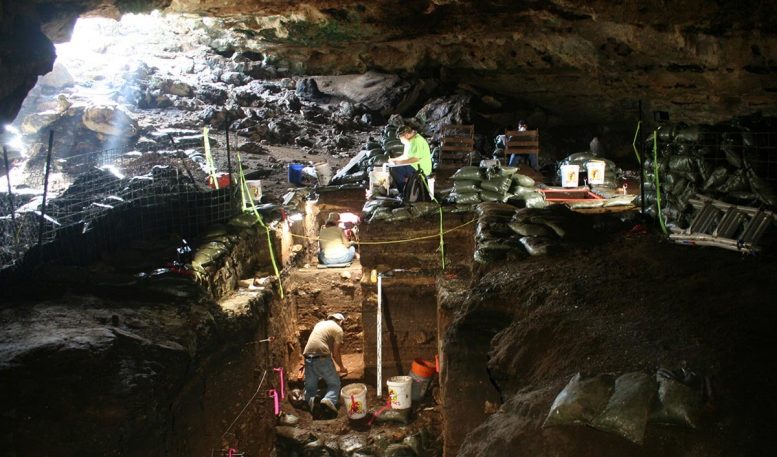
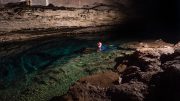
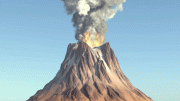
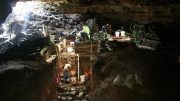
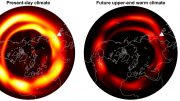
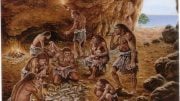
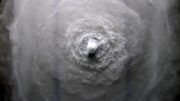
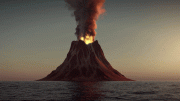

More ignorance. The sun novas on a cyclical basis and it produces impactors and plasma that pummels the earth and causes earthquakes which cause volcanoes. This is not rocket science it a common sense. If all stars nova then ours does to. We have proof it hit the moon too that s wht we went there to look for impacotrs that were present on earth. We are due for another one very soon they happen every 12000 tears like clock work . what do you think the part cloud is. A blast cloud duh. From the last blast
Common sense? It seems to be sorely lacking in your fantasy hand waving.
I question you understand the word and meaning of nova.
how is it possible that it has not apparently occurred to this person that perhaps a meteoric impact which caused the extremely rapid decimation of an ice sheet a mile thick & a continent in size with its accompanying weight might have been the catalyst to extreme seismic activity…
Exacerbating the conditions brought on by the meteor.
I and my sixth grade education for one think that’s worth considering and therefore mentioning.
Good research; however, there is evidence of meteorite impact during that period time as well. To dismiss the meteorite impact evidence is an error. I strongly think that both contributed climate to climate Cooling.
if it was volcanic there must be a fingerprint.
To cool the planet by 3 degrees you are talking about a category 8 volcano. Which there is no evidence of any cat 8 eruptions since Toba.
Not saying it didn’t happen but none of the ice core samples have indicated this.
The Dryas diamond nano spherule layer covers the entire globe. One little cave in South Biblebeltia with volcanic isotopes is not enough to upend the only plausible explanation for an extinction level event. If an asteroid pierced the mantle with enough force, there would naturally also be some volcanic activity near the epicentre. Its probably just a lava tube caused by exactly that, not some “First Americans University” smoking gun put there to exonerate a tirade of preposterous nonsense the institute has been putting out since its inception.
Hello did i miss the part where the volcano was mentioned? Shouldnt you be able to tell what volcano produced it?
I think there is a lot more to this idea than people are realizing. Look at the floods in pakistan. They were caused by ash from a forest fire in Pakistan landing on the Himalayan glaciers north east.
Scale that up to a volcano, and the ice caps on north america, and you have a very simple mechanism to explain both the melting and the cooling.